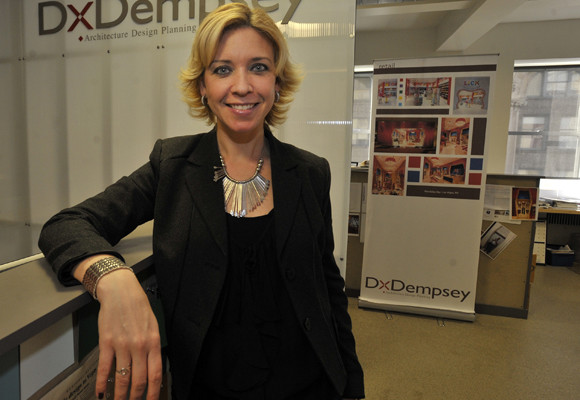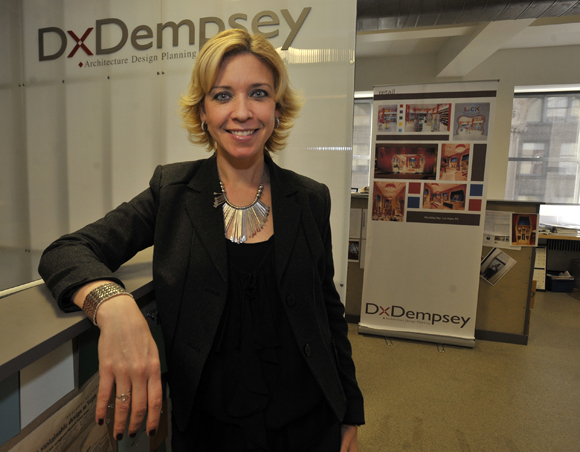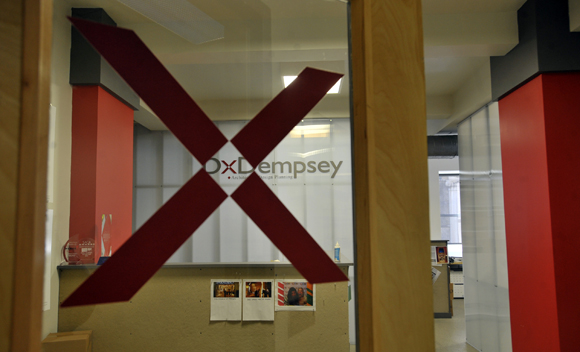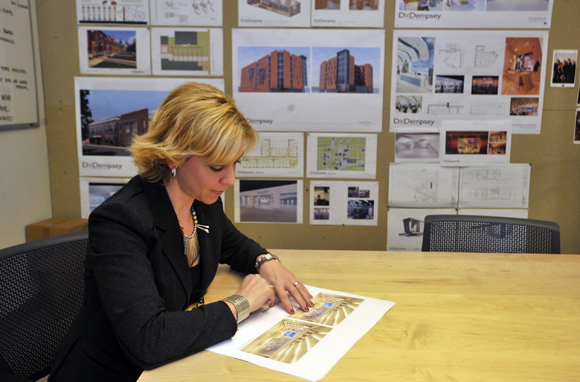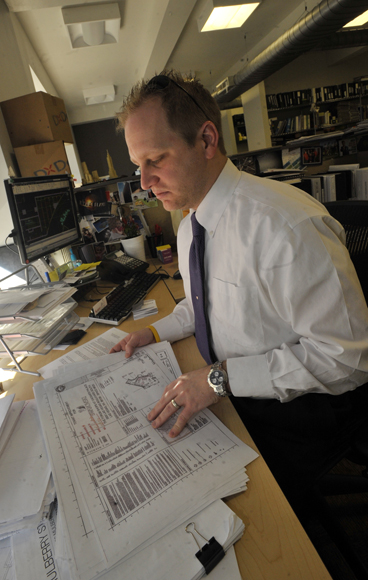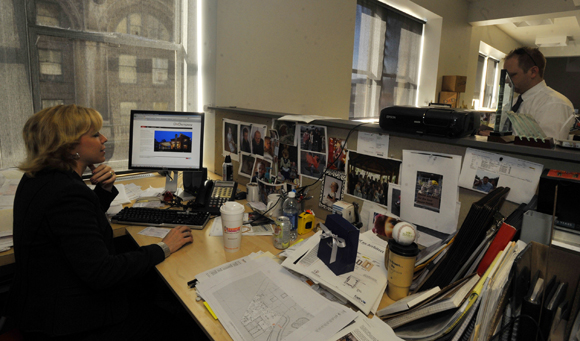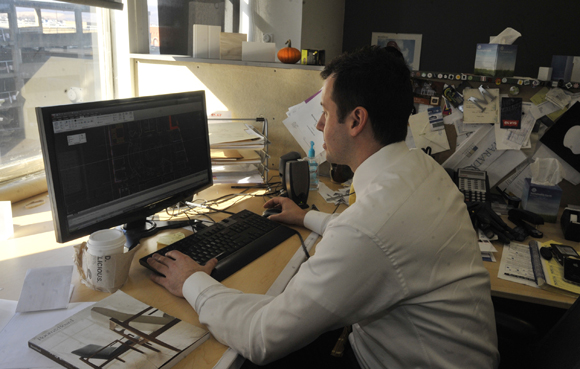In 2010, the US Department of Energy gave $508 million in grants to state and local government partners. The goal was to improve the energy efficiency of 150,000 homes and buildings before September 2013 in order to save $65 million annually in energy costs while putting contractors to work. Two of the 41 grant recipients were in Pennsylvania, Fayette County in the southwest and Philadelphia and the surrounding counties Bucks, Chester, Delaware, and Montgomery.
Now in full swing, those programs reveal that the synergy between federal and other funds and between the various participants and partners has not only made better buildings in Pennsylvania but also built the expertise and awareness to spur a new industry of efficiency contractors and designers here.
The Wait is Over
Many of Fayette County's 150,000 residents live in homes that are 100 years old and have seen unemployment stuck above the national average since the departure of the coal industry. The county has had a weatherization program for low-income families since 1975, but the waiting list was long. The DOE grant of $4.1 million, combined with local funds, has accelerated that weatherization and also allowed all homeowners to improve their homes' energy efficiency, whether through grants, rebates, or low- or no-interest loans to replace furnaces or appliances, add insulation, or seal cracks.
The program involves the Fayette County Redevelopment Authority, Fay-Penn Economic Development Council, utilities, and the Private Industry Council, a nonprofit that focuses on workforce development. PIC provides free training for Building Performance Institute certification, the industry standard for energy auditors. PIC's Brad Geyer says 77 people have attained BPI certification. Of those, at least a dozen were not working contractors before but started working afterward. Geyer considers such people “the starting point of the economic benefit to the area. Beyond that, we're giving help to people to get their home weatherized, making their property more valuable. So far, for the 150 homes we've been through, the average upgrade is about $5,000. That's money in contractors' pockets.” Homeowners expect to save at least 15 percent on energy costs, freeing money to use elsewhere.
Contractors have offered suggestions to improve the program and helped advertise it. Indeed, advertising is crucial to reach the target of 1,067 homes. Three hundred homes are in the queue to begin work and another 150 applications have been started. Geyer hopes soon to push into neighborhoods that have had lower participation rates.
Comfortably Efficient
In the Philadelphia area, the umbrella organization EnergyWorks was awarded $25 million, one of the bigger DOE grants. EnergyWorks' approach also consists of training BPI-certified energy auditors and upgrading homes through rebates, tax credits, and loans. The program, however, also includes commercial buildings.
Andy Rachlin, director of EnergyWorks and Philadelphia's Deputy Chief of Staff for Economic Development, notes the “enormous amount of leverage for every federal dollar.” On the commercial side to September 2011, $12 million of loans from EnergyWorks leveraged an additional $142 million from other private and public funds. The leverage on the residential side was also substantial. The program hopes eventually to improve 1 million square feet of commercial space and 2,500 homes.
So far, about 700 homes have been upgraded with 600 more in the queue and about 100 new applications each month. According to Rachlin, the people using the residential program most are “middle-class homeowners in older homes and also people who have serious health or comfort problems. We save them money while making them more comfortable.” The average upgrade has been worth about $9,500, but Rachlin emphasizes smaller improvements can make an impact. To reach more people, EnergyWorks advertises on the commuter rail, metro, weather forecasts, and cell phone apps. It conducts brown bag information sessions at workplaces and visits synagogues, mosques, and other community groups and organizations.
“Once you wrap in all the investments we've been able to unlock,” concludes Rachlin, “the job creation impact is serious. We're seeing homeowners get 20 to 40 percent energy savings year over year. The long-term impact is the creation of a new industry. Contractors who five to eight years ago might have installed granite countertops have become energy efficiency contractors. They've built partnerships with energy auditors and suppliers. Building an industry is the real goal.”
Getting the Word Out
In Scranton, that burgeoning industry can be felt. Michele Dempsey founded the sustainability-minded architecture and design firm DxDempsey when she moved back to the area to design a home for her parents. Dempsey wanted to use geothermal heating and cooling.
“I spoke to contractors in the area, but no one knew what I was talking about or may have heard of it but didn't want to be the guinea pig,” says Dempsey. “Cut to five years later. I designed a new home for my brother that has received LEED for Homes certification. It has geothermal heating and cooling.
“This time around, there were a few contractors who were willing to do it. Word's getting out there. People are being educated and understanding the benefits.”
Dempsey believes that the DOE grants for efficiency have increased people's awareness and expertise. Importantly, building owners now see the business case.
“In the beginning, we were trying to sell sustainability because people had a misperception that being green must mean you're a tree hugger. We began to approach it from a business point of view: here's how you save money, here's how you make employees more productive.”
Making money and people more productive–that's how a new industry is built.
MARK MEIER is a writer, independent consultant, and part-time professor who lives in Dunmore and plants butterfly gardens in Scranton (which is his back yard). Send feedback here.
PHOTOS:
Michelle Dempsey of DxDempsey
DxDempsey Offices
Dempsey reviewing a proposed project
Tim McLain an Associate with DxDempsey reviews prints.
Dempsey and Mclain at work
Michael Muller an Associate with Dempsey works in the office.
All photographs by AIMEE DILGER
